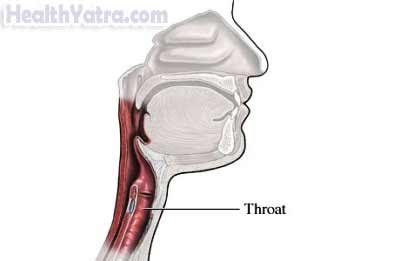Definition
Spasmodic dysphonia (SD) is a voice disorder. It occurs when the muscles of the throat freeze or go into spasms. Words are strangled and strained or they don’t get out at all. Sounds are also distorted.
Main types of SD include:
- Adductor spasmodic dysphonia—spasms cause muscles to stiffen and close
- Abductor spasmodic dysphonia—spasms cause muscles to spastically open
- Mixed spasmodic dysphonia

Causes
The exact causes of SD are unknown. It is labeled as a disorder of the central nervous system. The areas of the brain that control these muscle movements are deep within the brain.
Risk Factors
Factors increase your chance of developing SD include:
- Degenerative brain diseases such as amyotrophic lateral sclerosis
- Another movement disorder such as tardive dyskinesia
- Family history of SD—In some families, a gene on chromosome 9 may be connected to SD.
- Brain infection such as encephalitis
- Exposure to toxins or certain medications such as phenothiazines
- Gender: female
- Age: between 30-50
Symptoms
Symptoms of SD include:
- Squeaky, strained speech
- No speech at all
- Speech with the wrong pitch and tone
- Breaks in speech
- Breathy voice
Diagnosis
Your doctor will ask about your symptoms and medical history. A physical exam will be done.
Images may be taken of your bodily structures. This can be done with:
- Magnetic resonance imaging (MRI) scan
- Computed tomography (CT) scan
Your doctor may refer you to a team of specialists, including:
- Neurologist—to evaluate your brain function
- Speech pathologist—to evaluate your speech and how it’s produced
- Otolaryngologist—to evaluate your vocal cords
Treatment
Talk with your doctor about the best treatment plan for you. Treatment options include the following:
- Medication—to increase dopamine, a chemical in the brain that influences muscle movement
- Speech therapy techniques—to relax muscles
- Brain stimulation—to prevent muscles from freezing and going into spasm
- Counseling—to help deal with the condition
- Surgery in severe cases—to cut or remove a nerve that is connected to the vocal cords
Prevention
Since the causes are unknown, it is difficult to prevent SD.
